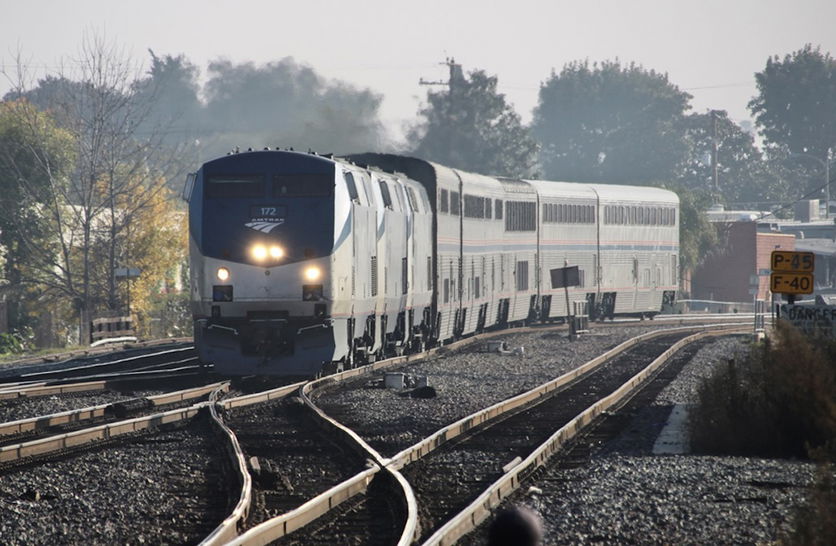A groundbreaking private rail initiative is poised to revolutionize cross-country travel and freight logistics, proposing a transformative high-speed rail service that will connect Los Angeles and New York City in under 72 hours, uniquely equipped to transport both passengers and long-haul trucks.
This ambitious ‘road-rail’ concept represents a significant leap in intermodal transport, designed to integrate seamlessly with the existing trucking industry. The train will not only accommodate individual travelers seeking a rapid transcontinental journey but will also carry tractor-trailers, along with their drivers, across the vast expanse of the United States. This innovative approach aims to address pressing challenges within logistics, offering a novel solution to highway congestion, driver fatigue, and the operational inefficiencies inherent in long-distance road freight.
For the logistics sector, the benefits are substantial and multifaceted. By moving heavy freight onto rail for the majority of the cross-country haul, the project promises significant reductions in fuel consumption and emissions, contributing directly to more sustainable transport practices. Furthermore, it could enhance supply chain reliability by bypassing weather-related road closures and traffic delays, while potentially lowering operational costs for trucking companies by reducing wear and tear on vehicles and decreasing reliance on fluctuating fuel prices.
Beyond its freight capabilities, the proposed service introduces a compelling new option for US travel. Passengers will benefit from a significantly faster alternative to traditional road trips and potentially a more comfortable and less stressful experience compared to air travel, particularly for those who prefer ground transportation. The allure of traversing the continent in a luxurious, high-speed environment could redefine perceptions of transcontinental journeys.
This private sector endeavor underscores a growing national interest in modernizing critical infrastructure through innovative technological solutions. The integration of passenger and freight services on a single rail line sets a new precedent for transportation systems, demonstrating a forward-thinking approach to mobility challenges in a diverse and expansive country. It reflects a broader trend towards developing smart, efficient, and interconnected networks that serve multiple transportation needs simultaneously.
The successful implementation of such an integrated high-speed rail and intermodal transport system could yield profound long-term advantages. Environmentally, it aligns with global efforts to reduce carbon footprints by shifting freight from road to rail. Economically, it could stimulate regional development along its route, enhance trade efficiencies, and create new job opportunities within the logistics and rail sectors, promising a robust and sustainable future for cross-country movement.
Discover more from The Time News
Subscribe to get the latest posts sent to your email.






